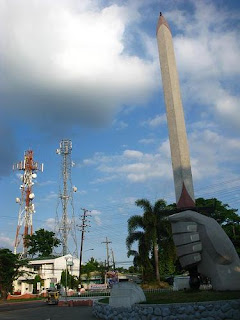Postcard Size: 4"x5.5"
Postcard Type: View card
Printed by: JMC Press, Inc., Quezon City
Purchased at Goodwill Bookstore
The postcard shows two villagers fishing, either in a river or a pond, using what looks like nets. The postcard, unfortunately, did not mention the specific method they are using and I cannot identify the specific technique used.
The back of the postcard reads:
Village fishermen in the Philippines with their fish catching contraptions
 M1327: Village Fishermen Postcard
M1327: Village Fishermen Postcard
FISHING IN THE COUNTRY:
Fishing is a PhP50 billion industry in the Philippines, contributing about 4% of the country’s GNP, and with an annual production volume of 2.4 million metric tons of fish. The Philippine fisheries industry comprises marine fisheries, inland fisheries (lakes and rivers), and aquaculture.
The fishing methods used in inland waters are much simpler than those used in coastal waters. Gear includes snare rake, cover pot, fish trap, lift net, fish trap, pole-and-line, push net, skimming net, cover net, gillnet, dredge, beach seine, cast net and purse seine.













